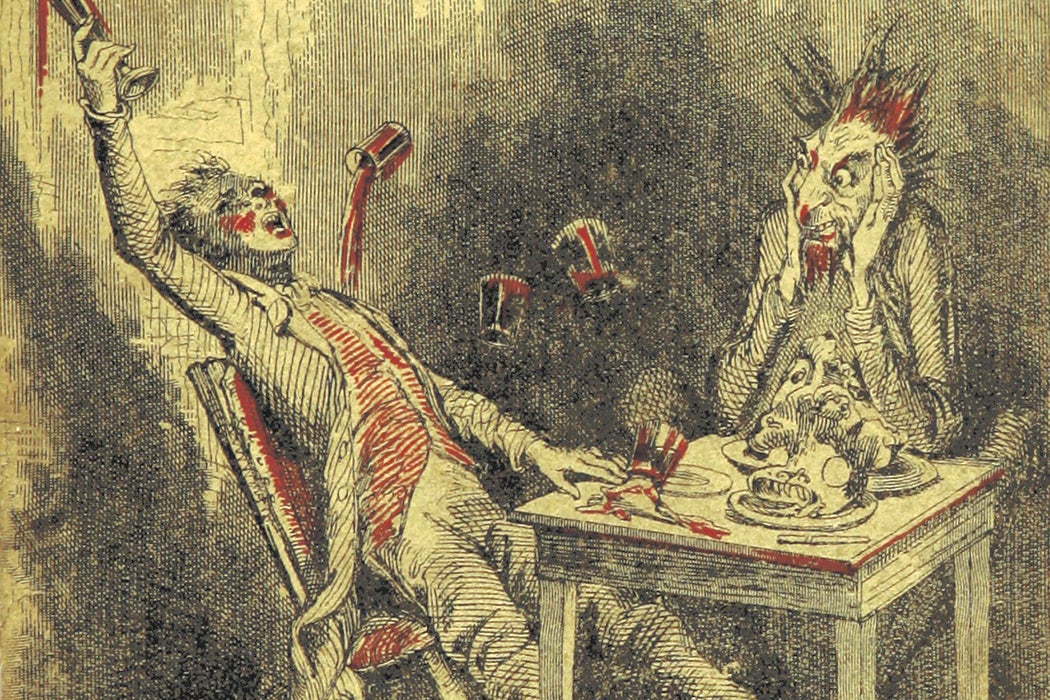If learning promotes rationality and wards off superstition, then it stands to reason that Britain’s educated classes gradually lost faith in witches, ghosts, and fairies while the masses took longer to catch on. But, as historian Thomas Waters argues, that’s not exactly what happened. Instead, he suggests, elites turned against “popular superstitions” quite suddenly in the early Victorian period due to some specific historical factors.
Parliament repealed laws against witchcraft in the 1730s, replacing them with bans on pretended magical powers. Yet, Waters argues, for nearly a century after that, many educated middle- and upper-class Britons continued to openly admit to believing in ghosts and witchcraft. Through the 1810s, there were numerous cases of clergymen and aristocrats publicly discussing such supernatural phenomena with real concern.
“Not until the 1820s and 1830s was belief in witchcraft, ghosts, and divination perceived as scandalous,” Waters writes.
In the 1820s, the phrase “popular superstition” gained currency, suggesting that magical beliefs were the province of the uneducated masses. Newspapers reported with dismay on outbreaks of anti-witch vigilantism and called for clergy and other respected figures to put a stop to it. A new genre of public lecture emerged, in which educated experts debunked ghost stories and other superstitions. Book reviewers often attacked collections of ghost stories unless they explicitly debunked the tales.
Antiquarians began studying fairy lore, ghost stories, and magical practices and customs, giving a broad audience a view of superstitions as cultural artifacts while attempting to dispel belief in them. Often, this meant laying out the psychological and natural phenomena that might lie behind stories of ghosts and apparitions. One scholar even decried the practice of baking hot-cross buns on Good Friday for good luck, writing that it was “undoubtedly a relic of superstition and ought to be abolished.”
Why did this happen when it did? Waters suggests that one reason was that newspapers were expanding their reach beyond the elite audiences they had served in the eighteenth century. They needed juicy topics, yet editors were also eager to present their papers as rational, respectable sources of factual information.
“Accounts of the extraordinary escapades of witchcraft and ghost believers interspersed with a little critical commentary fitted the bill exactly,” Waters writes.
Weekly Newsletter
More broadly, in the 1820s and ’30s, many in the middle and upper classes were watching with horror as working-class masses fought exploitative work situations, rioted against poor laws, and demanded a greater share of political power. The focus on “popular superstition” emphasized the need for education to bring mass opinion in line with the “rational” worldview of the elites.
As the context changed, Waters writes, hostility to superstition declined. In the later Victorian period, Spiritualism emerged as a more respectable way of believing in ghosts. By the early twentieth century, courts became less inclined to prosecute fortune tellers, ghost stories no longer needed to be packaged as debunkings, and newspapers that once prided themselves on fighting supernatural beliefs began to print horoscopes.
Support JSTOR Daily! Join our membership program on Patreon today.







